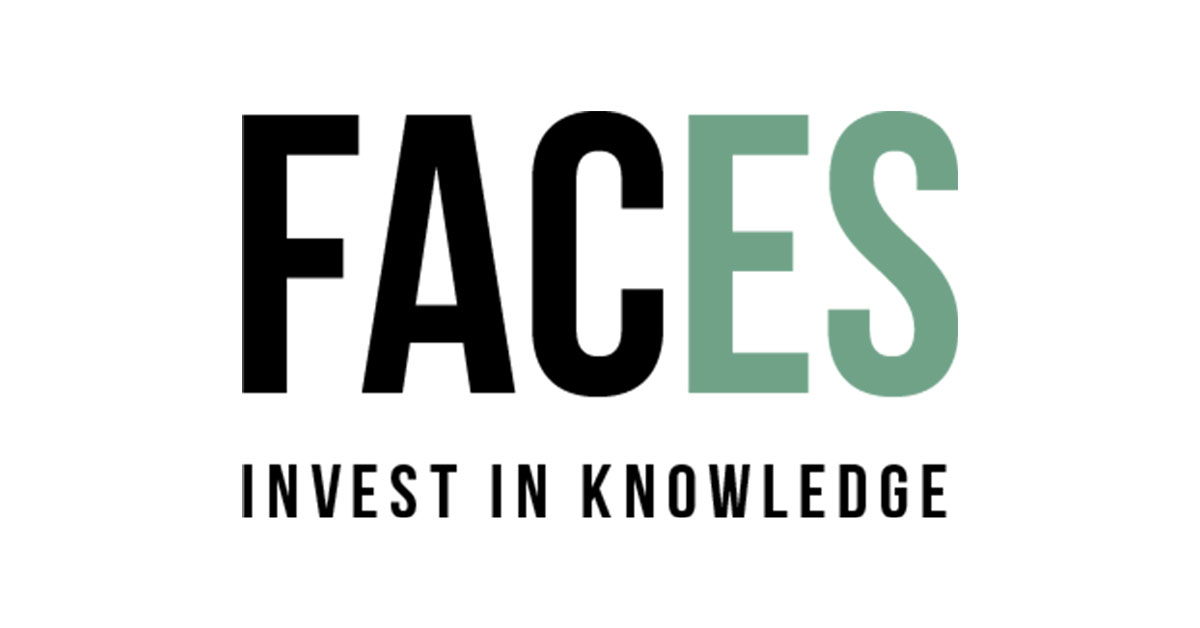From February until September of this calendar year, I enjoyed a sabbatical, for the first time in my life. During this period, we − Jan van Ours and me – made five contributions to one of the PSV centenary volumes. We authored chapters about the first ‘capped’ player − Friedrich ‘Fritz’ Weiss, an Austrian immigrant – ever in a PSV-shirt, but also about the first decade after World War II, the eighties and the period 1990 until 1995. Moreover, we wrote the closing chapter about the connections between the company, Royal Philips, the football club, PSV, and the city of Eindhoven. Our academic titles appear in the colophon of the book, which is rather misleading. We do not possess a degree in sports history. This appearance is not in agreement with our preferences. Some other interventions by the editors were also a little bit unfortunate. Yet, that is life. Above all, we enjoyed working on the project. For us, the major benefit was to get acquainted with some specific examples of competition.
In the Netherlands, there are three ways to publish a jubilee volume for a professional football club. First, club members can simply produce the book all by themselves. FC Eindhoven did this, exactly four years ago. The result was amazing. Cooperating with professional top-journalists, two volunteers succeeded in completing a wonderful document. Second, a club may leave the job to the books department of Voetbal International (VI), currently managed by the well-known football pundit Johan Derksen. PSV has opted for this solution for their official centenary volume. Third, one may cooperate with Kick, a small publishing company from Rotterdam. They have built a lot of experience in the production of centenary books. Nevertheless, PSV has decided not to do so. They only wanted to work with VI, probably to warrant a favorable treatment of the club by this very popular multimedia enterprise. VI was eager to produce the official PSV-book, as Kick already has close connections with both Ajax and Feyenoord. Therefore, the Kick-book about PSV is an unofficial document. We have worked, on a free lance basis, for the latter. In doing so, we have made a marginal contribution to the university budget.
What is the most important input for a centenary volume? The answer to this question is simple: pictures, especially match pictures, taken in the first fifty years! Fortunately, the editor-in-chief of ‘our’ book bought the rights of an important collection of these pictures in an early stage. That turned out to be a major advantage for our project. Moreover, we started to write our chapters in February. Consequently, the book was available on August 30, one day before the celebration. The official book by VI is released in the beginning of November. They apparently started a little bit later. Time will tell whether the combined effect of a formal connection with PSV and the Sinterklaas and Christmas sales dominates the effect of simply being in time.
The follow-up of this project is a surprise. The books department of VI and Kick now apparently collude. Admittedly, I am not familiar with the legal details. However, one may now order the Bergkamp biography, produced by Kick’s eminent Jaap Visser, from the VI webshop. In my opinion, this is a wise strategy. Competition between these two firms would simply make the owners of ‘old’ football pictures too rich. One may think that football fans have really started to read books, like ‘Gijp’. Yet, for the majority of these supporters, the pictures are still the most important elements.
Furthermore, it will not always be that simple for Kick to find free lance ‘experts’. VI has a crew of high-quality reporters who work for the magazine. Admittedly, my major contribution to the Kick book was getting all the names right under team-pictures. For example, I am able to distinguish Gerrit Quik from Henk Waterman, two non-regular players from the early 1950s. If the VI crew becomes available, the publishers do not need us anymore. We do not mind. It was a lot of fun, but it is not our regular job.
Another phenomenon from the world of Dutch soccer does worry me. On October 14th, PSV allowed people to watch Jong PSV – FC Volendam, a match in the Jupiler League, for free. The Jupiler League is the second tier of Dutch professional soccer. Just two days before this match, one had to pay an entrance fee to watch FC Eindhoven versus FC Emmen, also a match in the Jupiler League. PSV has announced that this zero pricing was unique. As far as I am concerned, if it were to occur structurally, it would be ‘predatory pricing’. In Brussels, they would not like this, while PSV is already under scrutiny there. In my view, the club should follow the example of Kick and VI and come to an agreement with FC Eindhoven about peaceful coexistence in the Jupiler League.















